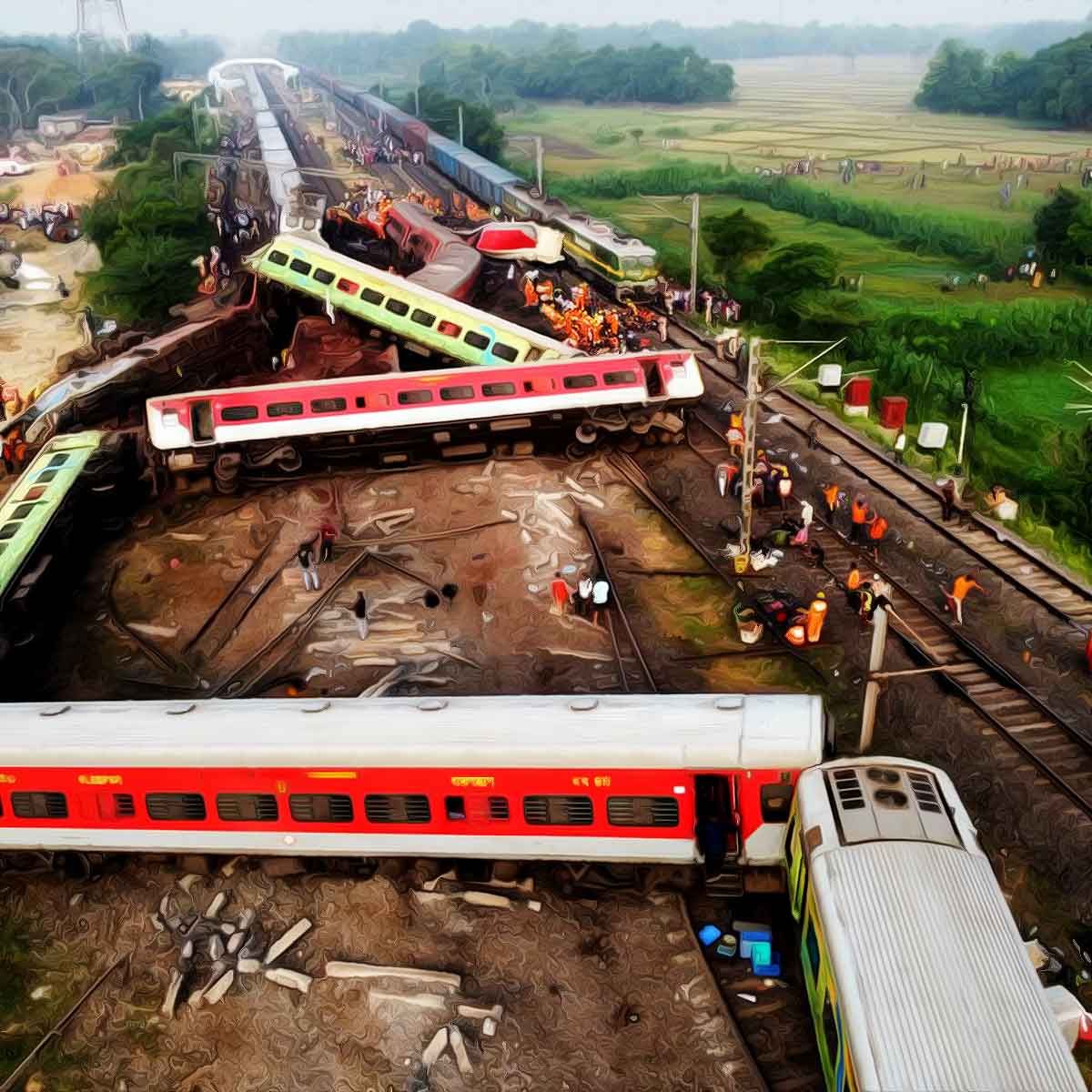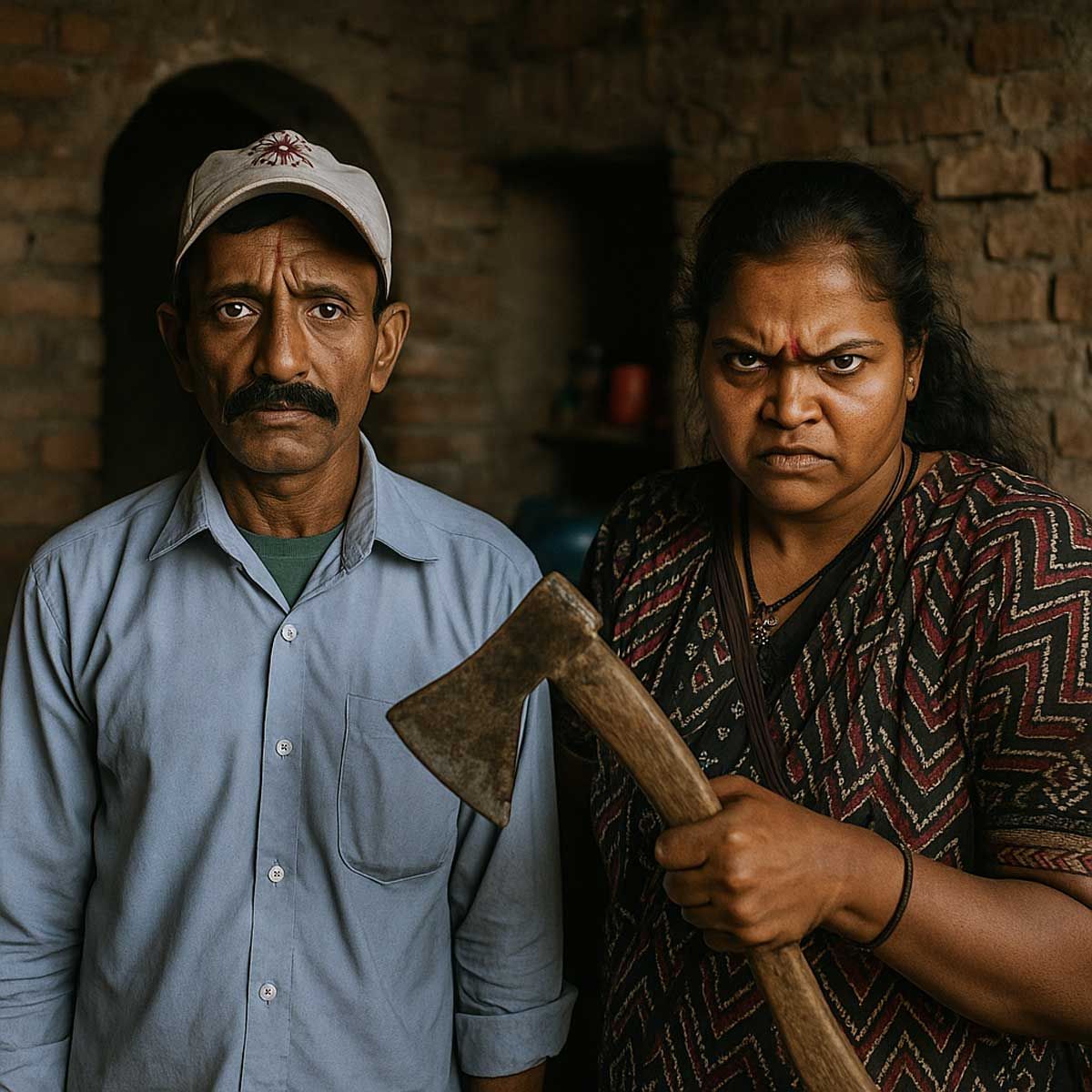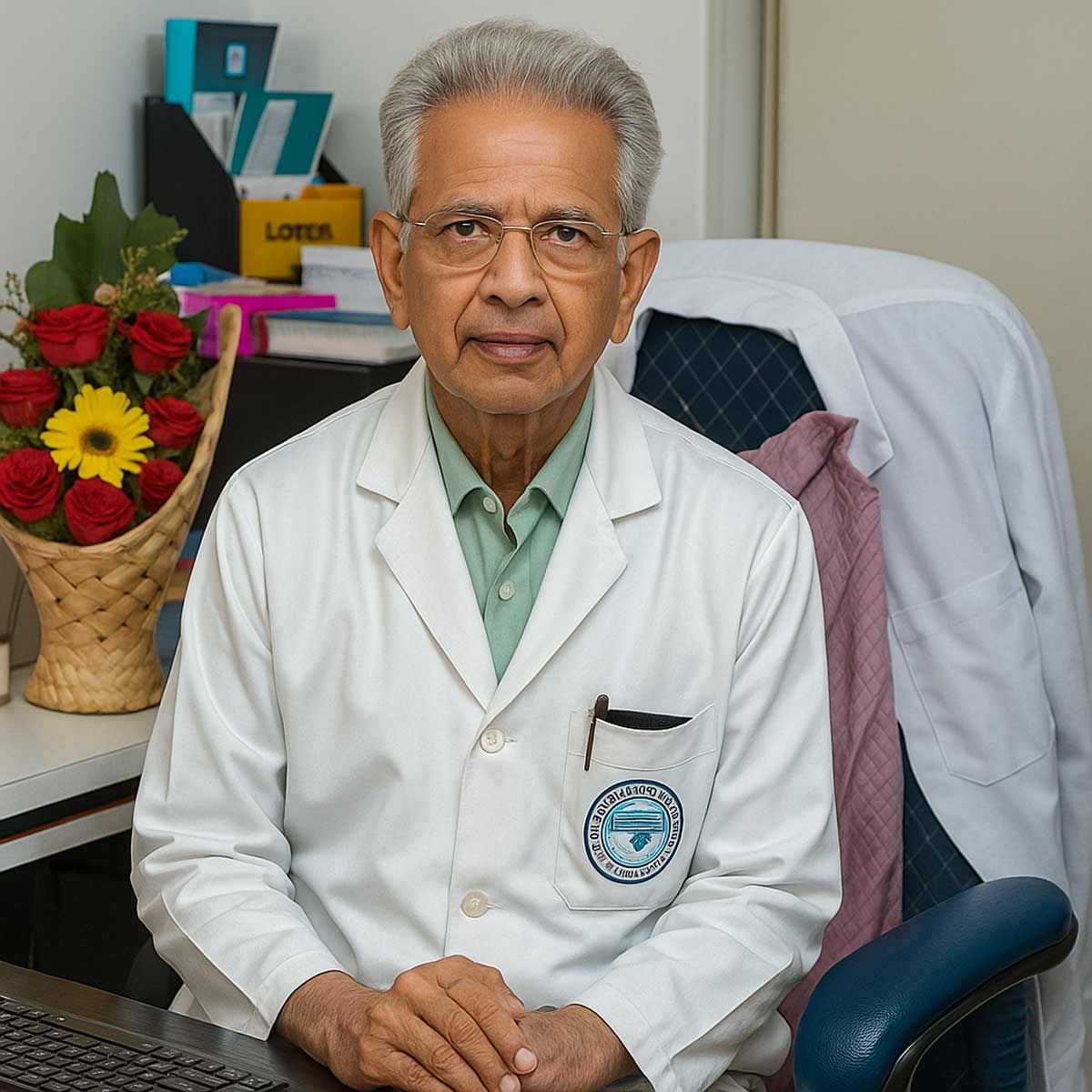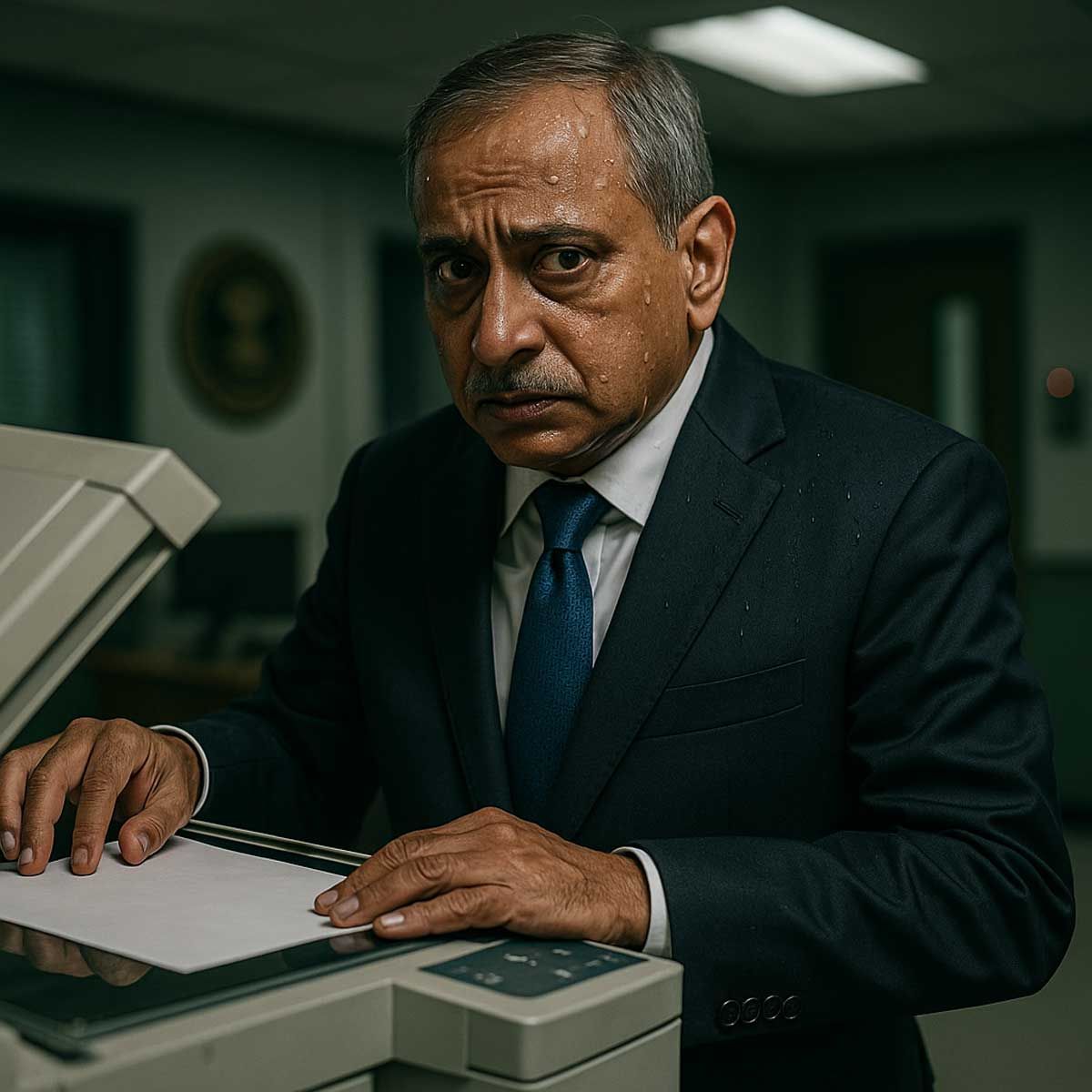More Coverage
Twitter Coverage
Satyaagrah
Written on
Satyaagrah
Written on
Satyaagrah
Written on
Satyaagrah
Written on
Satyaagrah
Written on
JOIN SATYAAGRAH SOCIAL MEDIA
"Our hearts go out to the victims and their families affected by this unfortunate accident": Three trains, Bengaluru-Howrah Superfast Express, the Shalimar-Chennai Coromandel Express, and a goods train collided on June 2, 2023 in Odisha resulting 280 dead

A recent triple-train accident in Odisha has raised concerns about railway safety. The incident has prompted discussions about the implementation of the Kavach safety system in the Indian Railways. In this article, we delve into the details of the accident, shed light on the absence of Kavach on the affected route, and highlight the prompt rescue operation and subsequent restoration efforts initiated by the Railways.
|
On June 2, 2023, at around 7:00 PM, three trains collided near Bahanaga Bazar station in Balasore district, Odisha, India. The trains involved were the Bengaluru-Howrah Superfast Express, the Shalimar-Chennai Central Coromandel Express, and a goods train. The collision resulted in a derailment and a fire, which killed at least 280 people and injured over 900.
The accident is one of the deadliest train crashes in India in recent history. The death toll is expected to rise as rescue workers continue to search for survivors. The cause of the accident is still under investigation, but officials have said that it may have been caused by a signal failure.
The Bengaluru-Howrah Superfast Express was traveling from Bengaluru to Howrah, while the Shalimar-Chennai Central Coromandel Express was traveling from Shalimar to Chennai Central. The goods train was traveling from Bhubaneswar to Cuttack.
The Bengaluru-Howrah Superfast Express was running late, and it was approaching Bahanaga Bazar station when it collided with the Shalimar-Chennai Central Coromandel Express, which was already on the platform. The impact of the collision caused the Bengaluru-Howrah Superfast Express to derail, and it then collided with the goods train, which was also on the platform.
|
The collision resulted in a derailment and a fire. The fire was so intense that it caused several coaches to catch fire. The fire also spread to the goods train, which was carrying a large quantity of flammable material.
The fire was extinguished after several hours, but by that time, it was too late for many of the passengers. At least 280 people were killed and over 900 were injured.
The accident has caused widespread disruption to rail traffic in Odisha. All trains have been canceled between Bhubaneswar and Howrah, and several other trains have been diverted. The government has ordered a state mourning for the victims of the accident.
The following are some facts and figures about the accident:
- The accident involved three trains: the Bengaluru-Howrah Superfast Express, the Shalimar-Chennai Central Coromandel Express, and a goods train.
- The collision resulted in a derailment and a fire.
- At least 280 people were killed and over 900 were injured.
- The cause of the accident is still under investigation.
- The accident has caused widespread disruption to rail traffic in Odisha.
- The government has ordered a state mourning for the victims of the accident.
|
The cause of the accident is still under investigation, but officials have said that it may have been caused by a signal failure.
A signal failure occurs when a signal is not working properly, which can lead to a train collision. Signal failures can be caused by a variety of factors, including human error, equipment failure, and weather conditions.
The Aftermath of the Accident | The accident has caused widespread disruption to rail traffic in Odisha. All trains have been canceled between Bhubaneswar and Howrah, and several other trains have been diverted. The government has ordered a state mourning for the victims of the accident.
The government has also announced compensation for the families of the victims. The compensation will be ₹10,00,000 for the families of those who were killed and ₹250,000 for the families of those who were injured.
The government has also set up a relief fund for the victims of the accident. The fund will be used to provide financial assistance to the victims and their families.
The Response to the Accident | The accident has been met with shock and grief. People from all over India have expressed their condolences to the victims and their families.
The government has been praised for its swift response to the accident. The government has deployed rescue workers and medical personnel to the accident site, and it has also provided financial assistance to the victims and their families.
The railway authorities have also been praised for their response to the accident. The railway authorities have launched an investigation into the cause of the accident, and they have also taken steps to prevent such an accident from happening again.
The accident is a tragedy that has claimed the lives of many innocent people. The government and the railway authorities must take steps to ensure that such an accident does not happen again.
The accident has raised concerns about the safety of India's railways. India has one of the largest railway networks in the world, but it also has a high rate of train accidents.
The government has promised to take steps to improve the safety of India's railways. The government has said that it will invest in new technology, improve training for railway staff, and increase inspections of railway infrastructure.
The government has also said that it will create a new safety body to oversee the safety of India's railways. The new safety body will be responsible for investigating train accidents and making recommendations to improve safety.
|
The accident is a tragedy, but it is also an opportunity for India to improve the safety of its railways. The government has made a number of promises to improve safety, and it will be important to see if these promises are kept.
Absence of Kavach on the Route: Investigations following the accident revealed that the Kavach safety system had not yet been implemented on the specific route where the collision occurred. This absence of Kavach raised concerns about the efficiency of safety measures in place, as the advanced safety system aims to prevent accidents and enhance response capabilities during emergencies.
Rescue Operation and Restoration Work: The Indian Railways swiftly initiated a comprehensive rescue operation in collaboration with local authorities and emergency services. The primary objective was to evacuate passengers trapped in the affected trains, provide medical assistance to the injured, and ensure the safety of all those involved.
The Railways spokesperson, in a recent statement, informed that the rescue operation was successfully completed within [insert duration] hours of the accident. The prompt response and coordination between various agencies played a crucial role in minimizing the impact of the tragedy.
Following the rescue operation, the Railways promptly began restoration work to clear the tracks and resume normal operations. The efforts involved the removal of derailed coaches, repair of damaged infrastructure, and conducting thorough safety inspections to ensure the track's integrity.
|
The Importance of Kavach Implementation: The absence of Kavach on the route where the triple train accident occurred raises pertinent questions about the need for expediting the implementation of this advanced safety system. Kavach's integration into the Indian Railways would have significantly enhanced the safety measures, potentially preventing or minimizing the impact of such accidents.
Conclusion: The triple train accident in Odisha serves as a reminder of the criticality of robust safety systems in the Indian Railways. While the absence of Kavach on the affected route raises concerns, it also highlights the urgency of expediting the implementation of this advanced safety system throughout the railway network. The prompt rescue operation and subsequent restoration work demonstrate the Railways' commitment to passenger safety and the restoration of normalcy. It is imperative for the authorities to prioritize the implementation of Kavach to ensure safer journeys for all passengers and mitigate the risk of such incidents in the future.
|
Kavach Implementation in Indian Railways: Enhancing Safety Measures
Introduction: Safety is of utmost importance in any transportation system, especially in the case of railways, which carry millions of passengers every day. In an effort to further strengthen safety measures, the Indian Railways introduced "Kavach," an advanced safety system aimed at preventing accidents and enhancing passenger security. This article delves into the details of Kavach's implementation in the Indian Railways, emphasizing its significance in ensuring a safe and secure journey for all passengers.
Kavach: A Revolutionary Safety System: Kavach is an innovative safety system that combines state-of-the-art technologies to create a comprehensive safety net for the Indian Railways. Its implementation involves a multi-layered approach, which includes the integration of advanced equipment, enhanced communication systems, and robust safety protocols. Kavach aims to prevent accidents, mitigate risks, and improve response capabilities in case of emergencies.
Components of Kavach:
Advanced Signaling and Train Protection System: Kavach incorporates a modern signaling system that relies on advanced technologies like Automatic Train Protection (ATP) and Train Collision Avoidance System (TCAS). These systems utilize real-time data, sensors, and GPS to monitor train movements, detect potential collision risks, and automatically apply brakes or issue alerts to prevent accidents.
Intelligent Video Surveillance: To enhance security and surveillance, Kavach incorporates intelligent video surveillance cameras throughout railway stations and trains. These cameras employ artificial intelligence algorithms to identify suspicious activities, monitor crowd movements, and detect potential security threats, thus ensuring a safe environment for passengers.
Emergency Communication System: Kavach emphasizes the importance of robust communication systems in facilitating timely response and coordination during emergencies. The implementation includes the establishment of dedicated emergency helplines, integrated radio communication systems, and interconnectivity between different stakeholders involved in rescue operations.
Passenger Safety Measures: In addition to preventing accidents, Kavach focuses on ensuring passenger safety during travel. This involves the installation of emergency alarm systems, fire suppression systems, and enhanced safety features in coaches. Furthermore, the system promotes awareness through safety campaigns, passenger education programs, and the dissemination of safety guidelines.
|
Benefits and Impact of Kavach: The implementation of Kavach in the Indian Railways has had a significant positive impact on safety and security. Some notable benefits include:
Accident Prevention: Kavach's advanced signaling systems and train protection mechanisms have played a vital role in preventing collisions, derailments, and accidents caused by human error or technical failures.
Rapid Emergency Response: The improved communication systems and integrated response protocols have significantly reduced the time taken for emergency services to reach accident sites, enhancing rescue operations and minimizing casualties.
Enhanced Passenger Confidence: Kavach has instilled a sense of confidence and trust among passengers, assuring them of the Indian Railways' commitment to their safety and well-being.
Continuous Monitoring and Upgrades: Kavach is an evolving system, constantly incorporating new technologies and safety measures to stay ahead of emerging risks and challenges. Regular audits and inspections ensure the system's reliability and effectiveness.
The implementation of Kavach in the Indian Railways marks a significant stride towards enhancing safety measures and protecting the lives of millions of passengers. The multi-layered safety system, comprising advanced signaling, video surveillance, robust communication, and passenger safety measures, has proven its effectiveness in preventing accidents and facilitating rapid response during emergencies. As the Indian Railways continues to prioritize safety, Kavach serves as a testament to the commitment and dedication towards ensuring secure and comfortable journeys for all passengers.
How Kavach was developed and the key stakeholders
Kavach, the advanced safety system implemented in the Indian Railways, was developed through a collaborative effort involving various entities. Let's explore how Kavach was developed and the key stakeholders involved in its creation.
Development Process:
Research and Planning: The development of Kavach began with extensive research and analysis of existing safety systems in railways across the world. Indian Railways, in collaboration with experts and consultants, identified the key areas that required enhancement to ensure better safety and security.
Stakeholder Engagement: To develop an effective safety system, Indian Railways engaged with multiple stakeholders, including government agencies, railway officials, engineers, and technologists. Inputs and insights from these stakeholders played a crucial role in shaping the system's features and functionalities.
Technological Integration: Kavach leverages cutting-edge technologies such as artificial intelligence, advanced signaling systems, video surveillance, and communication networks. The development team worked closely with technology providers, research institutions, and industry experts to integrate these technologies seamlessly into the Indian Railways' existing infrastructure.
Testing and Refinement: Once the initial framework of Kavach was developed, rigorous testing and simulations were conducted to evaluate its performance and reliability. This involved conducting trials in controlled environments, as well as on live railway tracks, to ensure the system's effectiveness in real-world scenarios. Feedback from testing helped identify areas for improvement and fine-tune the system.
Key Stakeholders:
Indian Railways: As the primary stakeholder, the Indian Railways provided the vision and guidance for developing Kavach. They defined the requirements, prioritized safety measures, and oversaw the overall development process.
Research Institutions and Technology Providers: Collaboration with research institutions, both within India and internationally, played a crucial role in providing technical expertise, conducting feasibility studies, and contributing to the development of innovative safety solutions. Technology providers offered their expertise in implementing advanced systems and integrating them into the railway network.
Government Agencies: Government agencies, such as the Ministry of Railways, Ministry of Science and Technology, and Ministry of Electronics and Information Technology, played a vital role in providing policy support, regulatory frameworks, and financial resources to drive the development and implementation of Kavach.
Consultants and Experts: Specialized consultants and experts in railway safety and technology were engaged to provide insights, offer recommendations, and contribute their expertise to ensure the system's effectiveness.
Kavach's development for the Indian Railways was a collaborative effort involving the Indian Railways itself, research institutions, technology providers, government agencies, and consultants. Through extensive research, stakeholder engagement, and technological integration, Kavach was designed to enhance safety measures, prevent accidents, and improve emergency response capabilities. The collaborative nature of its development ensured that the system incorporated the best available technologies and expertise to make train travel safer for millions of passengers in India.
 Support Us
Support Us
Satyagraha was born from the heart of our land, with an undying aim to unveil the true essence of Bharat. It seeks to illuminate the hidden tales of our valiant freedom fighters and the rich chronicles that haven't yet sung their complete melody in the mainstream.
While platforms like NDTV and 'The Wire' effortlessly garner funds under the banner of safeguarding democracy, we at Satyagraha walk a different path. Our strength and resonance come from you. In this journey to weave a stronger Bharat, every little contribution amplifies our voice. Let's come together, contribute as you can, and champion the true spirit of our nation.
 |  |  |
| ICICI Bank of Satyaagrah | Razorpay Bank of Satyaagrah | PayPal Bank of Satyaagrah - For International Payments |
If all above doesn't work, then try the LINK below:
Please share the article on other platforms
DISCLAIMER: The author is solely responsible for the views expressed in this article. The author carries the responsibility for citing and/or licensing of images utilized within the text. The website also frequently uses non-commercial images for representational purposes only in line with the article. We are not responsible for the authenticity of such images. If some images have a copyright issue, we request the person/entity to contact us at This email address is being protected from spambots. You need JavaScript enabled to view it. and we will take the necessary actions to resolve the issue.
Related Articles
- "We dont function well as human beings when we're in isolation": Kashmir’s isolation set to crumble as countdown for new road & rail links begins, Indian Railway opens nation's longest 'escape tunnel' in Kashmir; know all about Banihal-Katra route project
- Gujaratis are agitated and are taking PM Modi’s security breach in Congress-ruled Punjab personally: In their hearts, Modi is still ‘their man’
- Father of the Nation! Absolutely not. Mohandas Karamchand Gandhi was not the father of the nation either officially or otherwise
- "Nobody deserves your tears, but whoever deserves them will not make you cry": Locals of Sangli in Maharashtra attacked and assaulted Hindu sadhus over rumours of child trafficking similar to Palghar incident, Sadhus, however, refused to lodge complaint
- Jamaat-e-Islami head Sirajul Haq says that Imran Khan’s departure is the only answer to Pakistan’s crisis, also added that Imran Khan has become an “international beggar” as a result of Pakistan’s arrangement with the International Monetary Fund
- Online petition titled ‘Free Goa from Indian invasion & its continued illegal occupation against UN resolution’ had been started by Atanasia Lobo
- "Spirit of truth and the spirit of freedom-they are the pillars of society": Social media today has become a powerful medium for exchange of views, expressing opinions and thus has become important pillars on which our democracy stands: Bombay High Court
- Harmonizing Nathuram Godse: Why India should move beyond denouncing him, a man who altered the course of not only the politics of the country but the very history of the Hindu Civilisation and, by extension, the world at large
- How Chhatrapati Shivaji Maharaj was establishing Hindu Samrajya by concluding centuries of Islamic oppression - Historian GB Mehandale destroys secular propaganda against Hindu Samrajya Divas
- Five words, “Sisters and Brothers of America” addressing about seven thousand people was followed by applause which lasted for almost 3 minutes: Why the 1893 speech of Swami Vivekananda at World’s Parliament of Religions is still relevant today
- How millennia-old diverse, polytheistic, ‘pagan’ Greco-Roman civilisation gave birth to an intolerant Christian-majority one: a lesson for Hindus
- In her chronic hate for Modi, the Congress spokesperson Dr. Shama Mohamad spread blatant lies about Prime Minister and India’s state-of-the-art pavilion at Dubai Expo 2020, netizens bust false claims by sharing video
- "Bites That Bind: The Rabies Reality": In Meerut, the tragic rabies death of an 11-year-old boy, months after a street dog bite, reveals a harrowing stray dog crisis, underscoring the critical need for immediate and humane animal control measures
- How Nehru's Govt helped China in conquering Tibet and let go of it's centuries old friend
- Jan Ki Baat opinion poll survey shows clear victory for Yogi Adityanath as the CM of UP in 2022: BJP set to get a comfortable majority




























